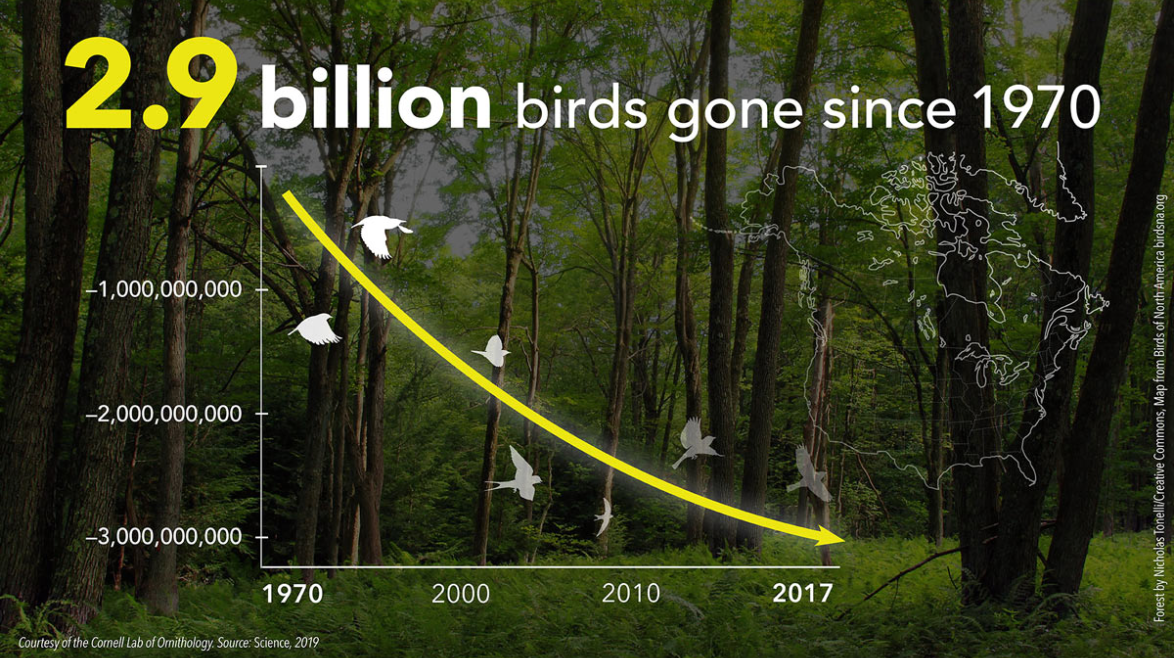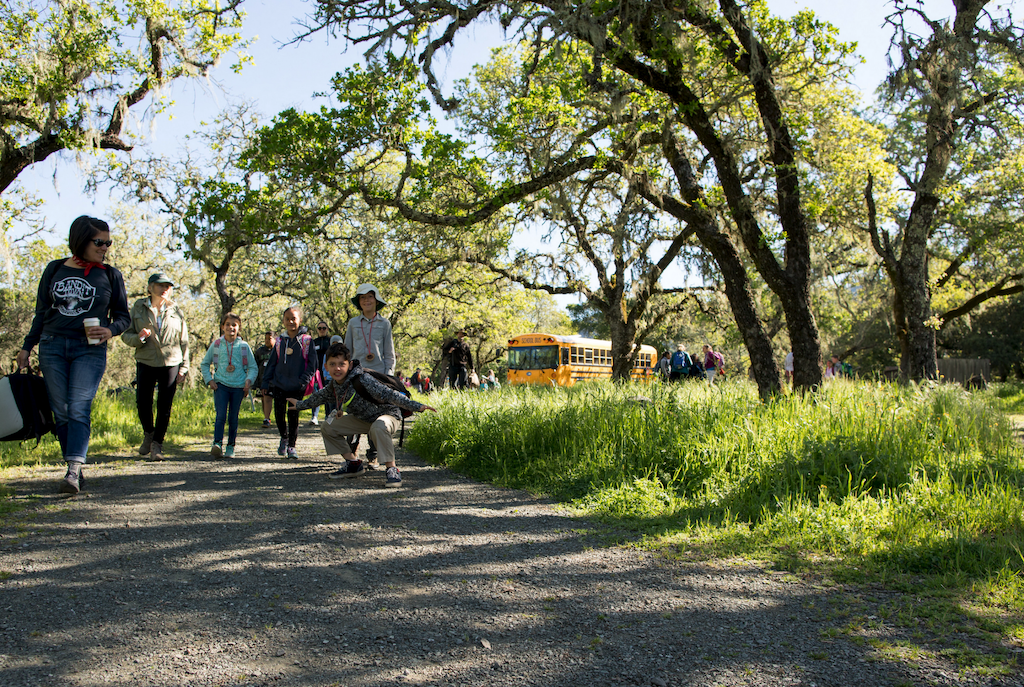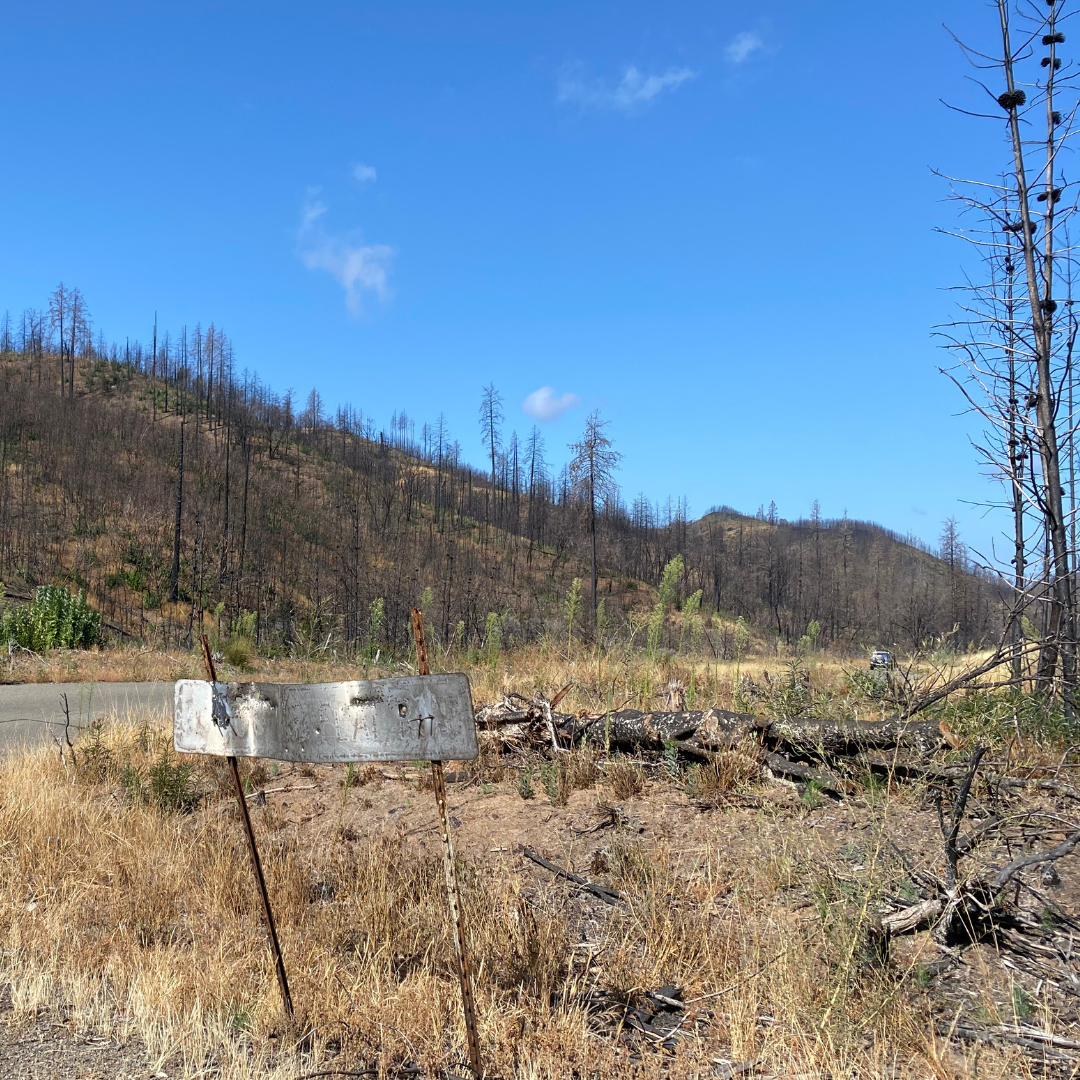While many in the ornithological world will not be surprised by the recent Science article, “Three billion North American birds have vanished since 1970,” the findings are a wake-up call for readers everywhere and highlight the importance of developing trigger points for monitoring programs that lead to effective communication and conservation action.
To add local context to the overall decline, on Tomales Bay, where ACR has monitored shorebirds since 1989, mean winter shorebird numbers have declined from about 20,000 individual birds in the late 1980s to about 6,000-7,000 individual birds currently, a population decline of roughly 65%. The biggest losers appear to be Dunlin and Western Sandpipers.
In our upcoming edition of Conservation in Science, Director of Conservation Science Nils Warnock details these findings and looks at possible culprits for the local decline.
It’s up to all of us who care about our wild and amazing natural resources to make sure that results of monitoring work like this are heard by those who can influence stewardship practices. We can take our cues from the success story of waterfowl and raptors, two groups that have benefited from of a significant investment in conservation.
Read the reporting in Science here: https://www.sciencemag.org/news/2019/09/three-billion-north-american-birds-have-vanished-1970-surveys-show
Image courtesy of the Cornell Lab of Ornithology, source: Science, 2019




